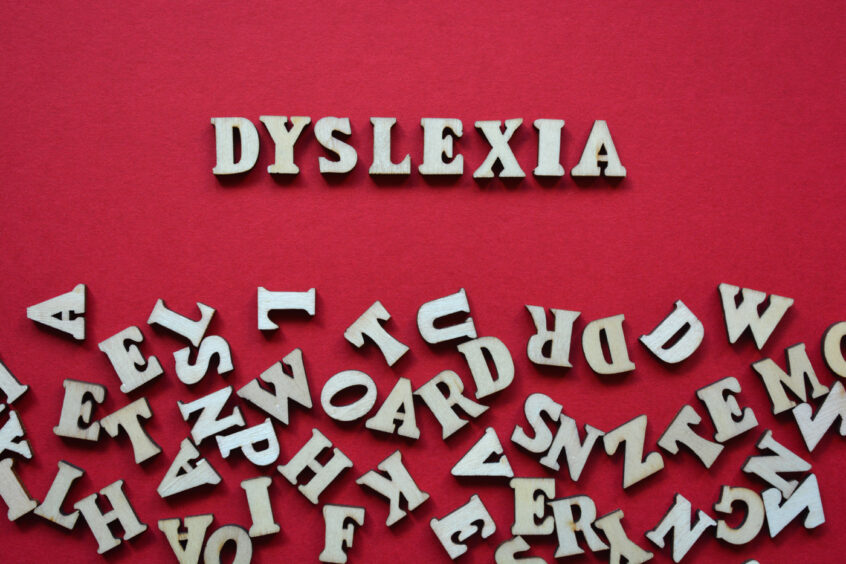I have a goal in life. I have had it since I was about seven years old. I will have it until my dying breath leaves my body.
I want to transform the way people perceive and view different thinkers.
I want dyslexia and ADHD to be boring, not a big deal, and something people don’t spend much time thinking about because it is a normal difference, like freckles, hair color, tone of voice, and size of ears. It’s not a limitation to good education, it’s not a limitation to career options, it’s just a different way of processing life’s details.
Who right now doesn’t need to hire a few out-of-the-box thinkers, problem solvers, and advanced tactical implementors?
What I just described is a different thinker.
Keep following along over the next weeks as I talk more about the ways we can become more AWARE of dyslexia and ADHD in ourselves or in others.
Part 1 How do you become Self-Aware
Part 2 What does Self-Care look like for Dyslexics and ADHD
Part 3 The Importance of Growth and Self-Improvement
Part 4 Championing for Different Thinkers
What is dyslexia?
Before we get into the whole definition, I want to point out something. Here is the start of the communication breakdown with schools, teachers, bosses, and doctors. There does not seem to be one definition that is agreed upon by the leading organizations supporting dyslexics as to what dyslexia is. My hope is that in the next five years, all these organizations and more can come together and agree on a definition.
“Dyslexia is a specific difference in the learning process that is neurobiological in origin. It creates dyslexic thinkers.” JoyGenea
The Yale Center for Dyslexia and Creativity
“an unexpected difficulty in reading in relation to a person’s higher level of intelligence.”
International Dyslexia Association
“Dyslexia is a specific learning disability that is neurobiological in origin. It is characterized by difficulties with accurate and/or fluent word recognition and by poor spelling and decoding abilities. These difficulties typically result from a deficit in the phonological component of language that is often unexpected in relation to other cognitive abilities and the provision of effective classroom instruction. Secondary consequences may include problems in reading comprehension and reduced reading experience that can impede growth of vocabulary and background knowledge.”
Adopted by the IDA Board of Directors, Nov. 12, 2002. Many state education codes, including New Jersey, Ohio and Utah, have adopted this definition. Learn more about how consensus was reached on this definition
Made by Dyslexia
“21st century definition of dyslexia
Dyslexia influences as many as 1 in 5 people and is a genetic difference in an individual’s ability to learn and process information. As a result, dyslexic individuals have differing abilities, with strengths in creative, problem-solving and communication skills and challenges with spelling, reading and memorising facts.
Generally, a dyslexic cognitive profile will be uneven when compared to a neurotypical cognitive profile. This means that dyslexic individuals really do think differently.
Traditional benchmarking disadvantages dyslexics, measuring them against the very things they find challenging.”
What does it look like in adults?
I go into detail about this here (Deeper Look into Adult Dyslexia)
Types of Dyslexia
- Phonological Dyslexia
- Rapid Naming Dyslexia
- Double Deficit Dyslexia
- Surface Dyslexia
- Visual Dyslexia
- Primary Dyslexia
- Secondary Dyslexia
- Acquired Dyslexia
For a lot of adults who are dyslexic, their dyslexia can show up in life in a bunch of ways:
- Poor spelling in reports and emails
- Late for meetings
- Late for work
- Poor grammar in communications
- Struggles with math calculations
- Challenges with finding the right word when they are talking
- Not getting things done on time
- Not understanding the project goals
- Being told to do something and forgetting to do it
- Anxiety above normal
- Bouts with depression on and off
- Postpartum depression
- Struggles breaking down a project and knowing where to start
- lack of cooking participation
- And more…
A lot of these are neither good nor bad. It is all about who is interpreting those actions and how they affect that other person’s life.
Let me give you an example I heard recently.
“She is just late, like once a week by like 5 to 10 minutes. What kind of example is that showing for others?”
This person interpreted the employee being late once a week for work as bad.
My question back was, “Does this same employee leave exactly at the time her shift is done? Or does she stay late and get the work done?”
The response back to me was, “She always stays late and gets things done.”
I just stared at the person telling me the story. And then asked, “Just so I am clear, she is 5 to 10 minutes late once a week, but she will stay hours late to complete the tasks you have given her? That is the employee I want. Those 5 to 10 minutes at the beginning of the day are nothing compared to the dedication and commitment she shows to completing the work.”
As you can see, one person in this story viewed an employee’s neurodiversity as bad and a problem, and one of us saw it as different with advantages.
Part of AWARENESS is understanding the pros and cons of the different ways neurodiverse people think and understanding that neurotypical (standard thinking) people see things differently.
Keep following along over the next weeks as I talk more about the ways we can become more AWARE of dyslexia and ADHD in ourselves or in others.
Part 1 How do you become Self-Aware
Part 2 What does Self-Care look like for Dyslexics and ADHD
Part 3 The Importance of Growth and Self-Improvement
Part 4 Championing for Different Thinkers
